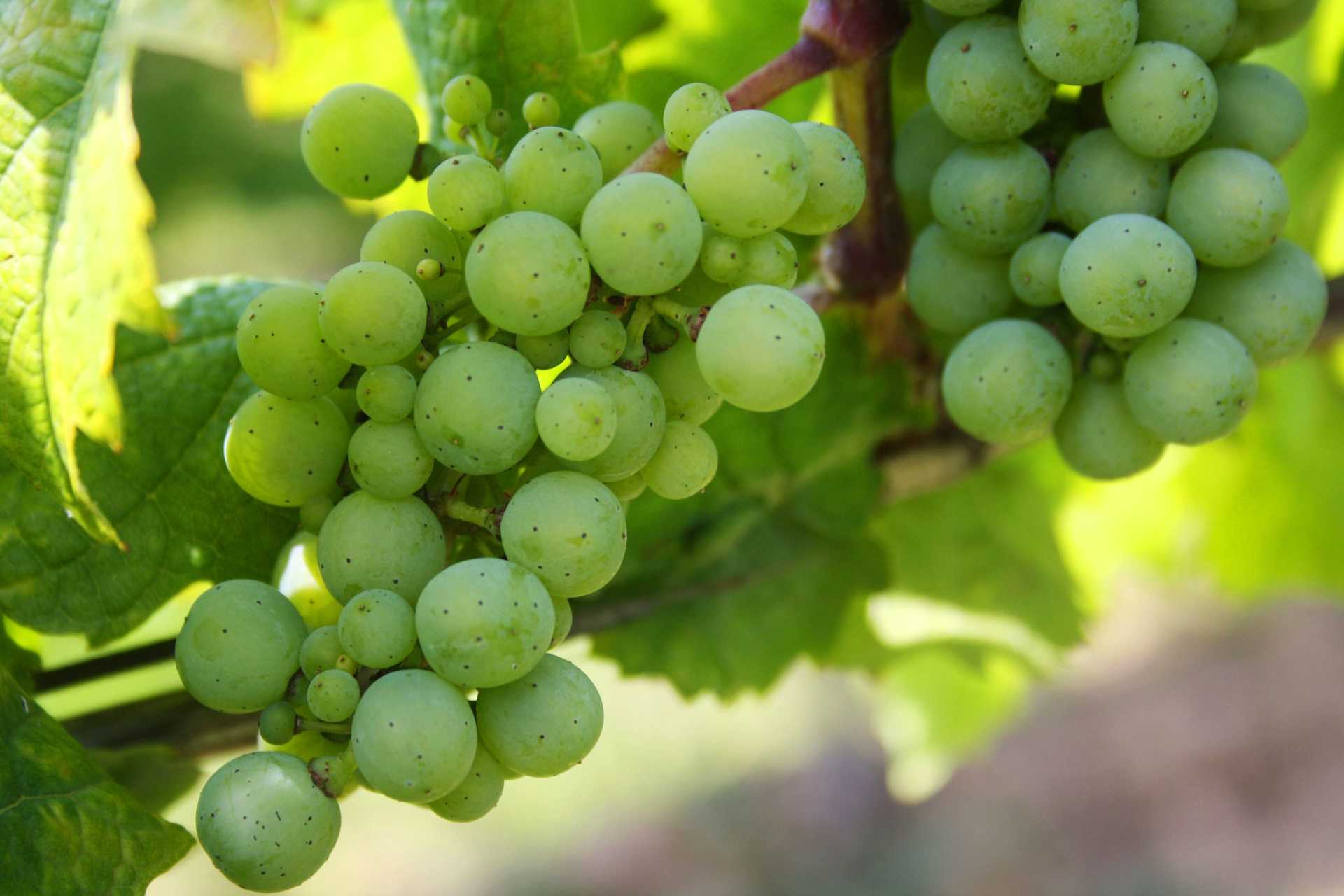Brotherhood Sheba Te'j Honey Wine


Product Details
Your Rating
Somm Note
Winemaker Notes



In 1810, a French Huguenot emigre named Jean Jaques purchased land in New York’s bucolic Hudson Valley and began planting grapes. By 1837, Mr. Jaques needed more land, so he purchased a plot in the quiet village of Washingtonville, NY, and planted another vineyard. By 1839, his first underground cellars were dug and Mr. Jaques fermented his first wine vintage. Those cellars, the oldest and largest in America, are still in use today at Brotherhood Winery.
The Jaques family made wine at the Washingtonville facility for almost 60 years, selling much of it to Jesse and Edward Emerson, two New York City wine merchants. The Emersons, Finger Lakes vinters themselves, understood the high quality of Mr. Jaques’ wine and used it to improve a blend of wine from an organization called The Brotherhood of New Life - an experiment in utopian communal living in the Hudson Valley. When the Emerson family took control of the Washingtonville winery, they renamed it Brotherhood, a name that it still proudly bears today.
The Emerson family operated Brotherhood until Prohibition. In 1921, Louis Farrell purchased the winery and its large stock of sacramental wine. He sold wine for religious ceremonies throughout Prohibition, which was finally repealed in 1933. It has been noted that the clergy population in the area grew substantially during this period.
A partnership of businessmen purchased the winery in 1987, including a prominent winemaker from Chile, Mr. Cesar Baeza. Baeza, internationally recognized as a master blender, wine educator and winery consultant, set about creating premium New York varietal wines and converting Brotherhood into a premier destination in NY State.
After a disastrous fire in 1999, Brotherhood’s fortunes suffered until 2005, when Mr. Baeza formed a new partnership with two winemaking families from Chile. The Castro and Chadwick families have deep roots in the famous winegrowing areas of the Maule Valley, near San Clemente, where they farm hundreds of acres of Vinifera grapes, along with other fruit.
The new Board of Directors has embarked on a massive restoration and renovation program at Brotherhood that includes equipment upgrades, vineyard acquisitions, the planting of new vines and a facility remodeling, highlighting the partners’ commitment to improving quality.

With hundreds of white grape varieties to choose from, winemakers have the freedom to create a virtually endless assortment of blended white wines. In many European regions, strict laws are in place determining the set of varieties that may be used in white wine blends, but in the New World, experimentation is permitted and encouraged. Blending can be utilized to enhance balance or create complexity, lending different layers of flavors and aromas. For example, a variety that creates a soft and full-bodied white wine blend, like Chardonnay, would do well combined with one that is more fragrant and naturally high in acidity. Sometimes small amounts of a particular variety are added to boost color or aromatics. Blending can take place before or after fermentation, with the latter, more popular option giving more control to the winemaker over the final qualities of the wine.

Increasingly garnering widespread and well-deserved attention, New York ranks third in wine production in the United States (after California and Washington). Divided into six AVAs—the Finger Lakes, Lake Erie, Hudson River, Long Island, Champlain Valley of New York and the Niagara Escarpment, which crosses over into Michigan as well as Ontario, Canada—the state experiences varied climates, but in general summers are warm and humid while winters are very cold and can carry the risk of frost well into the growing season.
The Finger Lakes region has long been responsible for some of the country’s finest Riesling, and is gaining traction with elegant, light-bodied Pinot Noir and Cabernet Franc. Experimentation with cold-hardy European varieties is common, and recent years have seen the successful planting of grapes like Grüner Veltliner and Saperavi (from the Eastern European country of Georgia). Long Island, on the other hand, has a more maritime climate influenced by the Atlantic Ocean, and shares some viticultural characteristics with Bordeaux. Accordingly, the best wines here are made from Merlot and Cabernet Franc. The Niagara Escarpment is responsible for excellent ice wines, usually made from the hybrid variety, Vidal.
